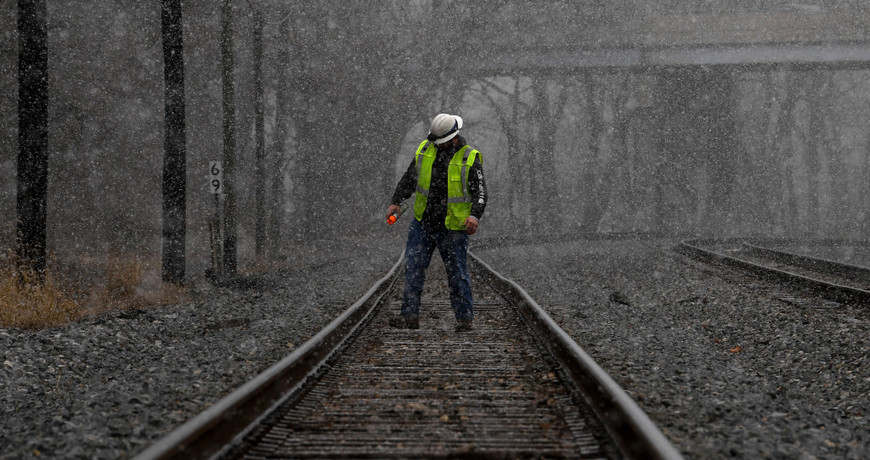No doubt, the 2020 rail industry isn’t exactly in prime fighting shape: U.S. rail carloads decreased roughly 5 percent in 2019, according to data from the Association of American Railroads. Employment is projected to dip 2 percent from 2018 to 2028, compared with the 5 percent average growth rate for all occupations, according to the Bureau of Labor Statistics. Surviving typically means cutting costs — and often cutting jobs — and the industry’s health is subject to volatility generated by trade disputes. But public transit, despite declining ridership, remains better insulated than some other industries, because funding comes from local, state and national governments, Wivell explains. Meanwhile, untenable traffic congestion is forcing cities to consider large-scale public transit expansions.
Expanding transit — and how, exactly, to do so — is a project more and more cities are being forced to confront in the face of accelerating climate change and outdated infrastructure systems that exacerbate housing crises. Cities including New York, San Francisco, Madrid and Barcelona are experimenting with car-free zones, a move that has stoked heated opinions on both sides. New York City closed 14th Street and became the first U.S. city to approve congestion pricing in 2019 to mitigate traffic and to raise money to update its subway (it will take effect in 2021). And a slew of apps have cropped up to incentivize commuters to make greener choices.
Sourced through Scoop.it from: www.ozy.com



Leave A Comment